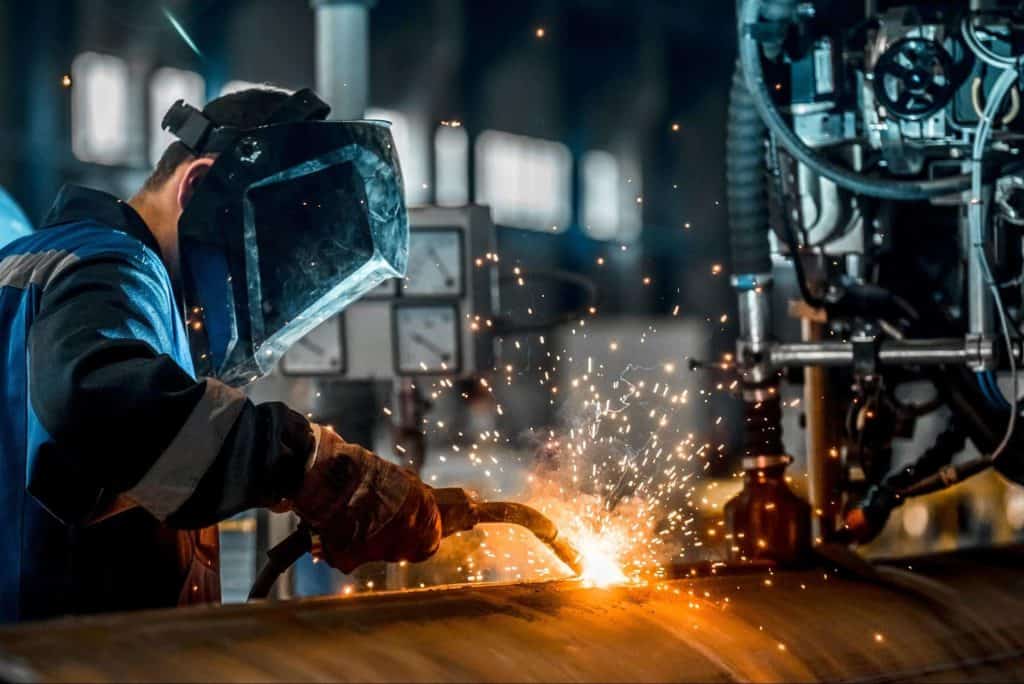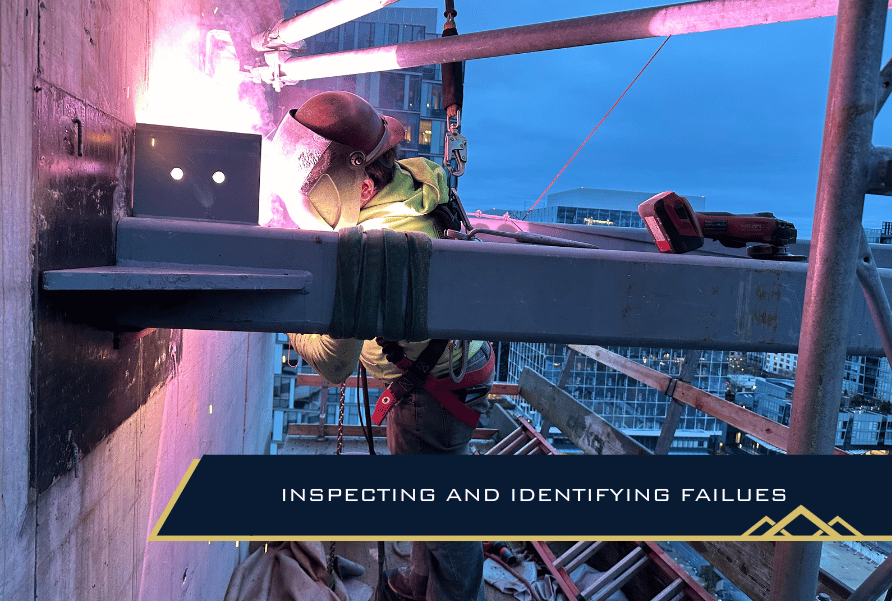How Welding Inspection Madison Makes Certain High Quality and Safety And Security in Fabrication
How Welding Inspection Madison Makes Certain High Quality and Safety And Security in Fabrication
Blog Article
Discovering Advanced Equipment and Methods for Accurate Welding Evaluation
In the world of welding examination, the quest of precision and dependability is paramount, stimulating the growth of advanced devices and methods. Laser scanning innovations and automated examination systems, equipped with man-made intelligence, are redefining the landscape by reducing human mistake and enhancing safety and security measures.
Ultrasonic Checking Developments
Ultrasonic testing advancements frequently stand for the center of innovations in welding assessment innovations. These technologies have actually significantly enhanced the capability to detect and evaluate interruptions within welded structures, making sure enhanced stability and security.

Furthermore, improvements in software program formulas for data evaluation have actually boosted the precision of defect discovery and sizing. Automated ultrasonic testing systems now supply high-resolution imaging, allowing comprehensive evaluations of weld top quality. These systems are usually integrated with innovative visualization tools, which help with the analysis of results.
Radiographic Assessment Strategies
While ultrasonic testing advancements have established a high standard in non-destructive assessment, radiographic inspection techniques continue to play an integral role in welding inspection by supplying special understandings into product integrity. Radiographic testing (RT) utilizes making use of X-rays or gamma rays to permeate materials, developing a radiograph that visually represents the internal framework of a weld. This imaging capacity is important for detecting subsurface problems such as porosity, inclusions, and splits that might not show up through surface inspections.
The process includes placing a radiation source on one side of the weld and a detector on the opposite side. Variations in material density and density impact the depletion of the rays, creating a contrasting photo that exactly marks problems. RT is particularly advantageous for inspecting complicated geometries and thick sections where various other methods may drop short.
Regardless of its effectiveness, radiographic evaluation should be carried out with stringent adherence to safety procedures because of the unsafe nature of ionizing radiation. The interpretation of radiographs calls for experienced workers, as the quality of the evaluation straight influences the reliability of the assessment. As a result, recurring developments in digital radiography are enhancing picture clearness and analysis performance, reinforcing RT's important duty in ensuring weld high quality.
Laser Scanning Developments
Accepting laser scanning innovation in welding assessment has transformed the evaluation of weld high quality and honesty. Unlike typical examination methods, laser scanning provides rapid data purchase, significantly boosting the performance and accuracy of weld evaluations.
Laser scanning breakthroughs have actually resulted in considerable improvements in discovering and characterizing surface area problems such as porosity, absence of blend, and damages. The high-resolution information allows assessors to carry out extensive evaluations, making sure that welds meet rigorous market standards. In addition, this approach supports the advancement of electronic documents, promoting long-lasting quality guarantee and traceability.
Furthermore, laser scanning technology integrates effortlessly with software application remedies designed for automated issue detection and analysis. The resultant data can be conveniently shared and examined, advertising collective decision-making procedures. As sectors proceed to require higher requirements for weld high quality, laser scanning remains at the leading edge, providing exceptional accuracy and effectiveness in welding evaluation.
Automated Inspection Systems

Automated inspection systems provide i loved this the benefit of consistency, getting rid of human error and subjectivity from the assessment procedure. They are created to run in different settings, from manufacturing floors to remote area websites, making sure detailed insurance coverage. Welding Inspection Madison. These systems can be configured to comply with certain welding criteria and standards, giving detailed reports and paperwork for quality assurance objectives
Additionally, the combination of cloud-based systems facilitates the storage and analysis of large quantities of evaluation data. This enables trend analysis and predictive upkeep, permitting producers to deal with potential issues prior to they intensify. The adoption of automated evaluation systems is a pivotal action in the direction of improving the integrity and performance of welding processes in industrial applications.

Enhancing Safety And Security and Performance
A substantial element of improving safety and security and efficiency in welding assessment exists in the integration of cutting-edge innovations that improve procedures and reduce threats. The fostering of sophisticated non-destructive testing (NDT) methods, such as ultrasonic testing, phased variety ultrasonic testing (PAUT), and radiographic testing, plays a pivotal function in making sure architectural integrity without endangering the security of the workers entailed. These strategies enable comprehensive examinations with marginal downtime, reducing potential dangers related to standard methods.
Furthermore, the implementation of real-time data analytics and artificial intelligence formulas has changed the means examination information is interpreted. By employing anticipating analytics, potential defects can be determined prior to they materialize into important failings, ensuring prompt treatments and upkeep. This aggressive method significantly enhances operational performance and safety and security in welding procedures.
Furthermore, remote examination modern technologies, including drones and robot spiders see it here geared up with high-resolution video cameras, allow assessors to examine hard-to-reach areas without exposing them to unsafe problems. This not just boosts inspection accuracy but additionally reduces human risk. By leveraging these innovative tools and methods, sectors can accomplish greater safety standards and operational effectiveness, ultimately leading to even more lasting and reputable welding examination practices.
Final Thought
The integration of sophisticated tools and approaches in welding inspection dramatically pop over here improves issue discovery and guarantees architectural stability. Welding Inspection Madison. Innovations such as phased range ultrasonic testing, electronic radiography, and laser scanning enhance defect characterization, while automated assessment systems and AI decrease human error. Remote innovations help with secure evaluations in hazardous settings, advertising an aggressive upkeep approach. These developments not only enhance assessment performance but also contribute to enhanced safety and quality control in commercial welding applications.

Ultrasonic screening innovations often represent the center of advancements in welding inspection modern technologies.While ultrasonic screening innovations have established a high criterion in non-destructive exam, radiographic assessment techniques proceed to play an important function in welding assessment by offering unique understandings into material honesty.Embracing laser scanning modern technology in welding examination has revolutionized the assessment of weld top quality and integrity. As markets proceed to demand higher requirements for weld top quality, laser scanning remains at the forefront, providing unparalleled precision and performance in welding assessment.
Automated inspection systems supply the benefit of uniformity, removing human mistake and subjectivity from the assessment process.
Report this page